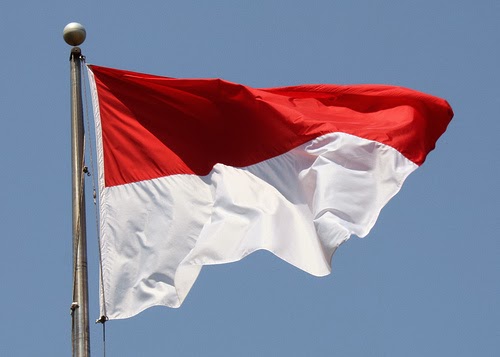16. BOROBODUR





The shapely stupas of Borobodur
I've always wanted to visit this ancient Buddhist monument tucked away in the largest Muslim country, Indonesia. It was majestic, awesome, spiritual. Although the Javanese are Muslims, their quiet, shy and polite ways seem quite different from their fellow Indonesians in say, Jakarta. At another ancient site was several very Hindu buildings, each shaped like lingams. The largest one housed a huge image of Shiva standing in a yoni.
Ancient Buddhism and Hinduism have travelled a very long way.
The Javanese observe certain practices and beliefs which are not the typical Muslim rituals I'm more familiar with in Singapore and Malaysia.
It would have stemmed from the practices passed down through the ages which had Buddhist and Hindu elements. Many names are Sanskrit in origin. They consult astrologers and other soothsayers which are a no no to Singapore Muslims.
I like Jogjakarta and its gentle people. I could live there and blend in quite comfortably. The same traits I found in the Balinese, the Hindu island of Muslim Indonesia. I can't wait to see Angkor Wat, Cambodia, for the next piece of the jigsaw puzzle. As the pieces come together, the big picture gets clearer.
Notes:
Borobudur Temple ( Jogyakarta, Central java) is the largest Buddhist monument in the world. Constructed in the 9th century, it was built in 3 tiers: a pyramidal base with 5 concentric square terraces, the trunk of a cone with 3 circular platforms and, at the top, a monumental bell-shaped chamber called a stupa. The walls and balustrades are decorated with fine low reliefs, covering a total surface area of 2,500 sq m. Around the circular platforms are 72 open-work stupas, each containing a statue of Buddha. The monument was restored with Unesco's help in the 1970s.


0 Comments:
Post a Comment
Subscribe to Post Comments [Atom]
<< Home